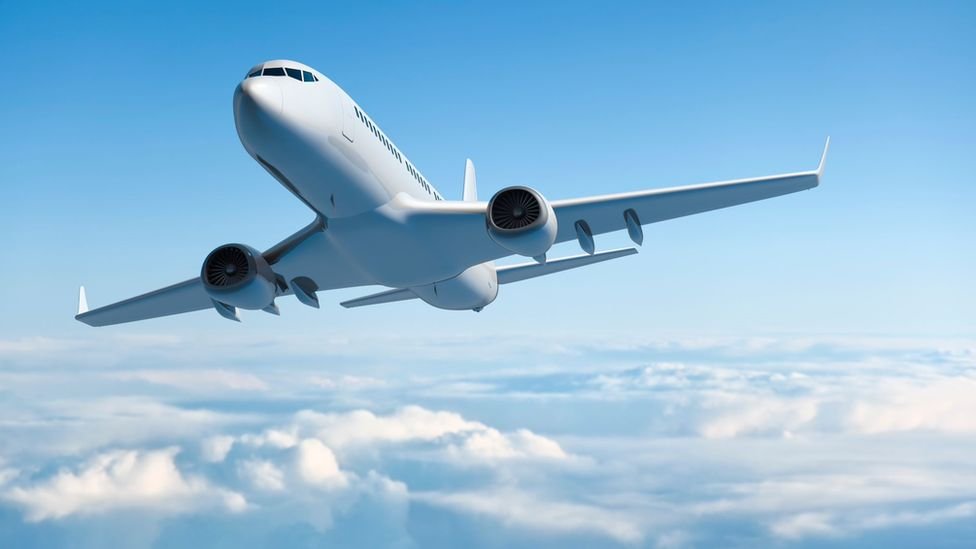According to new research, climate change has exacerbated an especially pernicious type of turbulence. Clear-air turbulence is turbulence that arises in cloudless sky and is often unseen to a plane’s radar. It is expected to become a bigger issue as the planet heats.
According to a study published last week in the journal Geophysical Research Letters, severe clear-air turbulence (CAT) has already grown more regular. Clear air turbulence increased by 55% on a typical flight path over the North Atlantic between 1979 and 2020. While the study showed the most turbulence over the United States and the North Atlantic, it also found much increased turbulence along popular routes over Europe, the Middle East, the South Atlantic, and the Eastern Pacific.
“Following a decade of research showing that climate change will increase clear-air turbulence in the future, we now have evidence suggesting that the increase has already begun,” said Paul Williams, co-author of the study and an atmospheric scientist at the University of Reading, in a press release. “Airlines will need to start thinking about how they will manage the increased turbulence.”
Turbulence already costs US airlines hundreds of millions of dollars per year due to casualties, flight delays, damage, and jet wear and tear. And every minute of turbulence on a flight increases those dangers, according to Williams.
Unfortunately, clear-air turbulence is very difficult to navigate. A plane’s radar can alert a pilot about turbulence caused by a close storm. However, because that radar detects water droplets in clouds, it is oblivious to clear-air turbulence that happens when there is no cloud in sight.
Wind shear causes this type of turbulence to arise because of changes in wind speed at different heights. Wind shear is growing in jet streams, which are fast-moving bands of wind. Jet streams are growing more chaotic as greenhouse gas emissions from fossil fuels warm the troposphere, the lowest layer of Earth’s atmosphere. The increase in clear-air turbulence is being driven by the chaos caused by the growing temperature differential between the troposphere and the stratosphere, according to Isabel Smith, a meteorologist and PhD student at the University of Reading who was not involved in the study published last week.
While the study looks back over four decades of atmospheric data, Smith’s own research predicts how much clear-air turbulence to expect in the future. In March, she published another research in which she discovered a 9 to 14 percent average rise in CAT for every degree Celsius of global warming that occurs in the future. The planet has already warmed by more than a degree Celsius since the industrial revolution.
Summers, which are normally busier travel seasons with less turbulence, are projected to have a greater increase than winters, which have historically had the highest turbulence. Summers may become as turbulent as winters in the 1950s by 2050.
Despite this knowledge, Smith was startled to observe how much clear-air turbulence had increased since 1979. “We knew it was coming, but it’s shocking to see 55 percent — that’s a significant percentage increase.” When you see such huge values, it’s a little frightening.”




